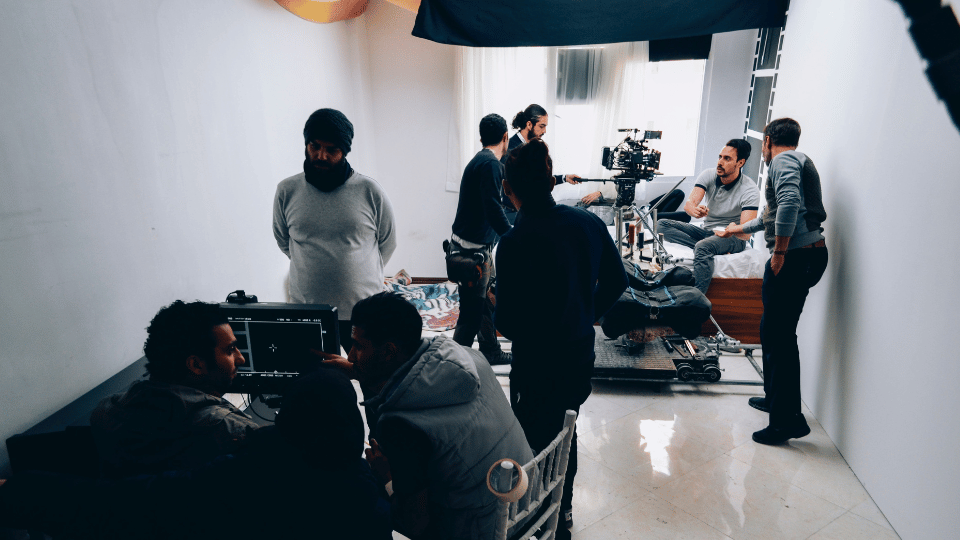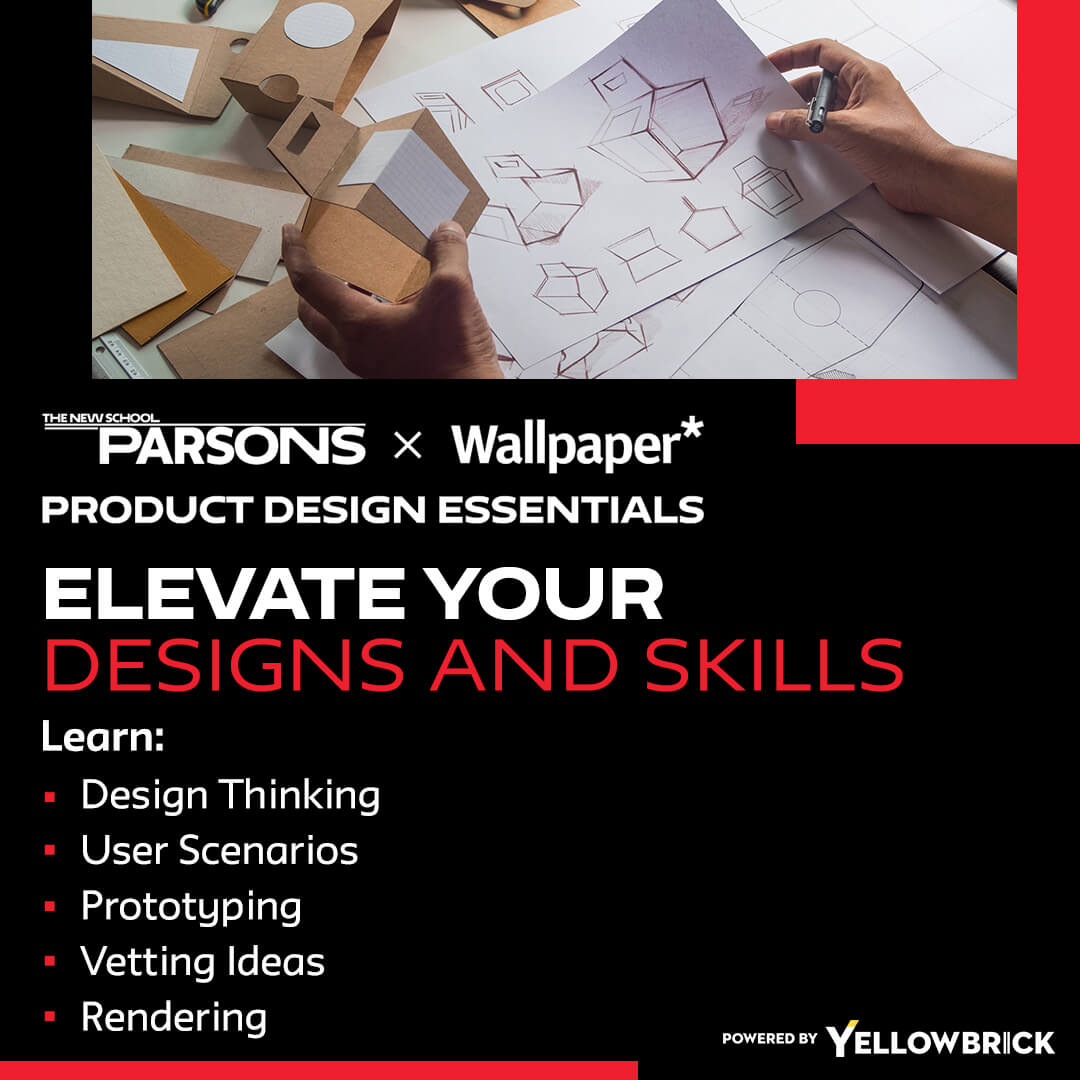Product design research is a critical aspect of the product development process that involves gathering insights, analyzing data, and understanding user needs to create successful products. By conducting thorough research, designers can uncover valuable information that informs design decisions, drives innovation, and ensures that products meet user expectations.
User Research
User research is at the core of product design research. By conducting user studies, interviews, surveys, and usability tests, designers gain valuable insights into user behaviors, preferences, and pain points. Understanding the target audience is crucial in creating products that resonate with users and address their needs effectively.
Market Research
Market research plays a key role in product design by providing insights into industry trends, competitor analysis, and consumer preferences. Designers analyze market data to identify opportunities, gaps in the market, and emerging trends that can influence product design decisions. Market research helps designers make informed choices and develop products that stand out in the market.
Competitive Analysis
Competitive analysis involves studying competitors’ products, strategies, and market positioning to identify strengths, weaknesses, and opportunities. By benchmarking against competitors, designers can gain a competitive edge, differentiate their products, and identify areas for improvement. Understanding the competitive landscape is essential for creating products that meet market demands and exceed customer expectations.
Usability Testing
Usability testing is a crucial part of product design research that involves observing users interacting with prototypes or products to evaluate their usability and user experience. By collecting feedback, observing user behavior, and identifying usability issues, designers can refine product designs, enhance user satisfaction, and ensure that products are intuitive and easy to use.
Ethnographic Research
Ethnographic research involves immersing designers in users’ environments to observe and understand their behaviors, routines, and interactions. By gaining firsthand insights into users’ lives, designers can uncover unmet needs, preferences, and pain points that traditional research methods may not capture. Ethnographic research helps designers create products that are truly user-centered and address real-world challenges.
Trend Analysis
Trend analysis involves monitoring industry trends, technological advancements, and cultural shifts to anticipate future developments and incorporate them into product designs. By staying informed about emerging trends, designers can innovate proactively, adapt to changing consumer preferences, and create products that are relevant and timely. Trend analysis is essential for designing products that resonate with contemporary audiences and stay ahead of the curve.
Data Analytics
Data analytics plays a crucial role in product design research by analyzing quantitative data, user metrics, and performance indicators to derive actionable insights. By leveraging data analytics tools and techniques, designers can track user interactions, measure product performance, and optimize designs based on data-driven decisions. Data analytics empowers designers to make informed design choices, iterate on product features, and enhance user satisfaction.
Persona Development
Persona development involves creating fictional representations of target users based on research findings, demographics, and psychographics. By developing personas, designers can empathize with users, understand their motivations, and design products that cater to their specific needs and preferences. Persona development helps designers align design decisions with user expectations, create personalized user experiences, and ensure that products resonate with target audiences.
A/B Testing
A/B testing is a method used in product design research to compare two versions of a design to determine which one performs better in terms of user engagement, conversions, or other key metrics. By conducting A/B tests, designers can identify design elements that resonate with users, optimize user experiences, and make data-driven decisions to improve product performance. A/B testing enables designers to iterate on designs, validate design choices, and enhance product effectiveness.
Feedback Collection
Feedback collection is an ongoing process in product design research that involves gathering feedback from users, stakeholders, and team members at various stages of the design process. By soliciting feedback, designers can validate design decisions, identify areas for improvement, and incorporate suggestions to enhance product usability and user satisfaction. Feedback collection fosters collaboration, promotes user involvement, and ensures that products meet user needs effectively.
Conclusion
Incorporating product design research methodologies into the product development process is essential for creating successful products that resonate with users, drive innovation, and achieve business objectives. By leveraging user insights, market data, and research findings, designers can make informed design decisions, optimize user experiences, and deliver products that meet user needs effectively.
Product design research is a dynamic and iterative process that empowers designers to create user-centric products that make a meaningful impact in the marketplace.
Key Takeaways:
- User research provides valuable insights into user behaviors and preferences, guiding product design decisions.
- Market research helps identify industry trends and opportunities for product innovation.
- Competitive analysis enables designers to differentiate products and meet market demands effectively.
- Usability testing ensures products are intuitive and user-friendly, enhancing user satisfaction.
- Ethnographic research uncovers real-world user needs and informs user-centered product design.
- Trend analysis anticipates future developments and keeps products relevant in the market.
- Data analytics empowers designers to make data-driven design decisions and optimize product performance.
- Persona development helps create personalized user experiences that resonate with target audiences.
- A/B testing validates design choices and enhances product effectiveness based on user feedback.
- Feedback collection fosters collaboration and ensures products meet user needs effectively.
Consider taking the Parsons Product Design Essentials online course and certificate program to further enhance your skills and expertise in product design research and validation.








